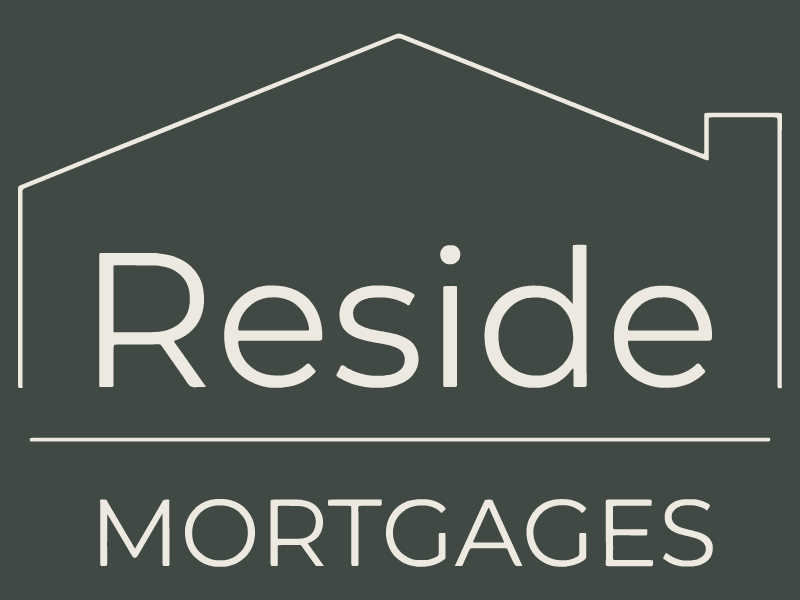Grasping mortgage rates can be a complex task, especially when terms like “Swap rates” come into play. In the UK, Swap rates play a vital role in determining the interest rates on mortgages. Let’s break down the basics and see how they influence your mortgage rates.
What are Swap rates?
Swap rates, or interest rate swaps, are financial tools used by banks and financial institutions in the UK to handle and protect themselves from interest rate risks. Here’s a straightforward breakdown of how Swap rates work:
- Understanding Swap Rates: Swap rates indicate the interest rates at which banks exchange cash flows with each other. This exchange typically involves fixed-rate and floating-rate payments.
- The Swap Agreement: Two parties agree to a Swap. One side commits to paying a fixed interest rate, while the other agrees to pay a floating interest rate linked to a reference rate, often using LIBOR (London Interbank Offered Rate).
- Risk Management: Swaps are commonly used to manage the risk associated with interest rate changes. For instance, if a bank has given out fixed-rate loans and is worried about rising interest rates, it might enter a Swap where it gets fixed-rate payments and makes floating-rate payments.
- Example Scenario: Picture a bank that has provided fixed-rate mortgages to customers. To safeguard against the risk of rising interest rates, the bank enters a Swap with another party. Here, the bank receives fixed-rate payments and, in return, makes floating-rate payments based on a reference rate.
- Impact on Borrowers: The link between Swap rates and borrowers is seen in fixed-rate mortgages. When a bank decides the interest rate for a fixed-rate mortgage, it often considers prevailing Swap rates. If Swap rates are low, the bank may offer lower fixed-rate mortgages to borrowers.
- Market Dynamics: Swap rates are influenced by various market factors, such as economic indicators, central bank policies, and market expectations. Changes in these factors can cause fluctuations in Swap rates.
- Swap Duration: Swap agreements have specific durations, usually ranging from a few months to several years. When the agreed period ends, the Swap concludes, and the parties settle any outstanding payments.
To sum up, Swap rates allow UK financial institutions to navigate interest rate uncertainties by entering agreements with others. These rates indirectly impact borrowers, especially those seeking fixed-rate mortgages, as lenders refer to Swap rates when setting interest rates for such loans.
Connection to Mortgage Rates:
When you opt for a fixed-rate mortgage, the interest rate you pay is often linked to Swap rates. Mortgage lenders use Swap rates as a reference point to set the interest rate for fixed-term periods, such as 2, 5, or 10 years. Therefore, changes in Swap rates can directly impact the interest rate on your mortgage.
How it Works:
Imagine Swap rates as a seesaw. When Swap rates go up, mortgage rates tend to follow suit. Conversely, if Swap rates decrease, you may see a drop in mortgage rates. Mortgage lenders use Swap rates to manage their own risks and ensure they can offer competitive rates to borrowers.
Why it Matters:
Understanding Swap rates is crucial for homeowners and prospective buyers. Keeping an eye on Swap rate trends can help you make informed decisions about when to secure a mortgage. If Swap rates are currently low, it might be an opportune time to lock in a fixed-rate mortgage before they potentially rise.
Getting Mortgage Advice from Reside:
Navigating the intricacies of mortgage rates and Swap rates can be overwhelming. That’s where we come into play. Reside can provide tailored advice based on current market conditions, helping you secure the best mortgage rate for your needs.
Conclusion:
In the world of mortgages, Swap rates act as a crucial influencer of fixed-rate loans in the UK. By understanding the relationship between Swap rates and mortgage rates, you can make informed decisions about your homeownership journey. For simple, personalised mortgage advice, get in touch with us.


